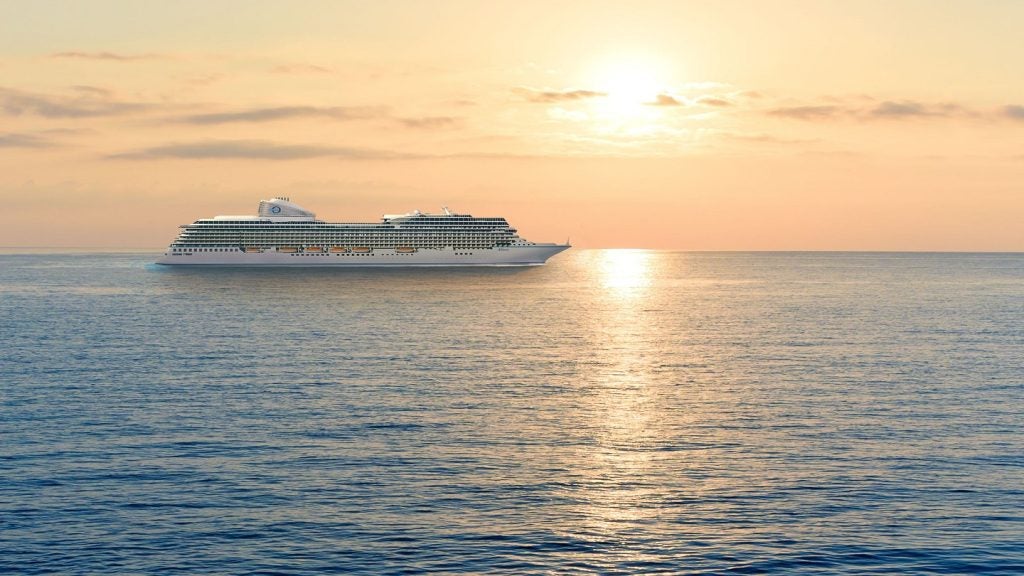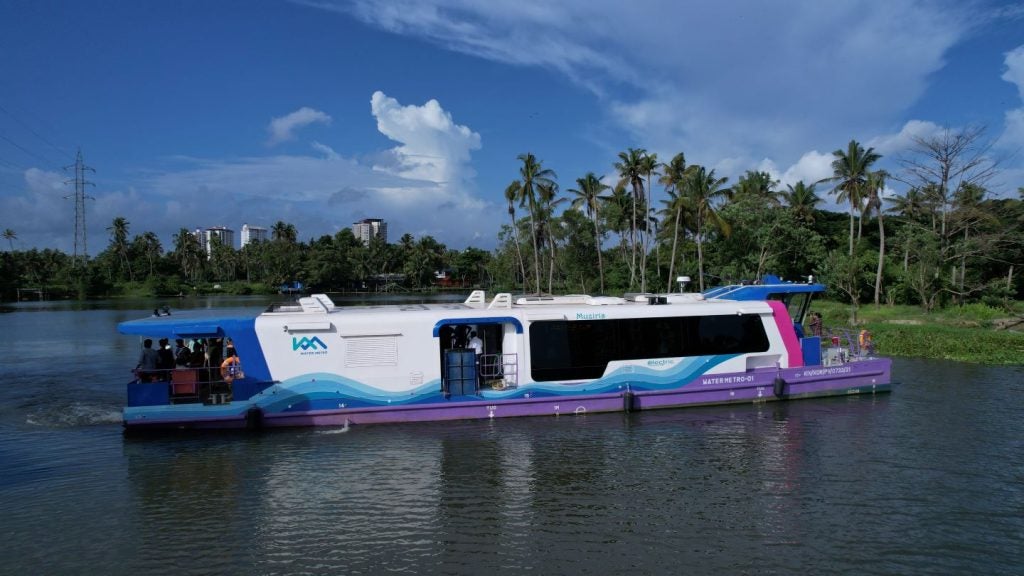The Port of Antwerp- Bruges, located in Belgium, is owned and operated by the Antwerp-Bruges Port Authority. The port was formed through a merger of the ports of Antwerp and Zeebrugge.
The cities of Antwerp and Bruges announced the launch of the merger process in February 2021. The shareholders’ agreement of the unified port company was signed in April 2022, and the Port of Antwerp-Bruges was officially launched in May 2022.
The merged port is Europe’s second-largest export port, largest throughput port for vehicles and largest integrated chemical cluster.
The port connects other major European ports as it is strategically situated in the centre of north-west Europe and is accessible to Capesize vessels.
Port of Antwerp-Bruges critical functions
The Port of Antwerp-Bruges has the facilities to handle and store all types of products. The main functions of the port include loading and unloading, the storage of goods, and the repacking and distribution of freight.
Antwerp-Bruges is the lead breakbulk port in Europe, accommodates the largest integrated chemical cluster in Europe and is home to 1,400 companies. It handles a range of breakbulk cargoes, including steel, forest products, fruit and project cargo.
The unified ports are largely complementary with Antwerp’s strengths in handling and storage of containers, breakbulk and chemical products, while Zeebrugge serves as a major port for roll-on/roll-off (Ro-Ro) traffic, container handling and liquid natural gas (LNG) transhipment.
Other services offered by the port include storage and logistics, towage, pilotage, and mooring and unmooring services. The port also delivers value-added services, such as repackaging, labelling and quality control.
Port of Antwerp-Bruges throughput
The Port of Antwerp-Bruges handled 147.2 million tonnes (Mt) of freight in the first six months of 2022, an increase of 1.4% from the same period in the previous year. This included 74.1Mt of container cargo, 47.3Mt of liquid bulk and 8.7Mt of dry bulk cargo. A total of 6.4Mt of conventional breakbulk cargo and 10.9Mt of Ro-Ro freight were also handled by the port.
Antwerp port facilities
The Antwerp site is accessible through a multimodal transportation network, which consists of road, barge, rail, pipelines and short sea/feeder. The port is divided into two areas, the Right Bank and the Left Bank.
Right Bank facilities include the Berendrecht Lock, Bonaparte Dock, Amerika Dock, Albert Dock, Delwaide Dock, Europa terminal, North Sea terminal and MSC home terminal. The 500m-long and 68m-wide Berendrecht Lock is the largest lock in the world.
The Left Bank features the Kallo Lock, Verrebroek Dock, Vrasene Dock and Deurganck Dock.
The port has 160km of quayside available for loading and unloading activities and offers more than 5.3 million square metres of covered storage space.
It also features a petrochemical cluster, which has five refineries and an annual distillation capacity of more than 40Mt. The Rotterdam-Antwerp Pipeline (RAPL) connects two large refineries to the Port of Rotterdam, ensuring a continuous supply of crude oil.
The Port of Antwerp has three floating cranes and more than 30 dock-mounted cranes. The floating cranes include Brabo, with a capacity of 800t, and Portunus and Titan, with a capacity of 45t. The dock crane department operates mobile cranes.
Zeebrugge port facilities
The Port of Zeebrugge includes an outer port protected by two 4km long breakwaters. The outer port caters to fast container and Ro-Ro ships.
The port’s Pierre Vandamme Lock is 500m long and 57m wide. It provides access to the inner port, which includes two large docks. The North Inlet dock has a water depth of up to 14m, while the Southern Channel-bassin has a water depth of up to 18.5m.
The quay areas around the docks feature various terminals dedicated to the handling, storage or distribution of new cars, project cargo and containers.
The inner port can currently be accessed through the Pierre Vandamme Lock. The Flemish Government, City of Bruges and Port of Antwerp-Bruges are working towards the construction of a second lock to improve nautical access to the inner port as part of the Complex Project New lock Zeebrugge.
The project will include the construction of a new road, known as Nx, which will separate port traffic from local traffic and reduce congestion in central Zeebrugge. It will also upgrade the existing infrastructure and facilities at the port.
Port of Antwerp-Bruges operator
The Antwerp-Bruges Port Authority is the operator for the port sites of Antwerp and Zeebrugge. It is a limited liability company of public law between the City of Antwerp and the City of Bruges and employs 1,800 people.
Port communication and technology
Antwerp and Zeebrugge both have a harbour master. They work together with their teams to operate the port and ensure public order and safety in the port area. The harbour master’s office is also responsible for organising the handling and storage of goods as well as the accessibility of port areas.
Antwerp uses the Antwerp Port Information and Control System (APICS) to monitor shipping traffic, tug operations, lock planning, berth management and cargo handling. The system also handles the registration of dangerous goods. The Zeebrugge site uses the Port Community System of Zeebrugge (Zedis), which serves the same purpose.
The applications can be accessed from a computer or smartphone and are available to all port users to help them make the right decisions.
Port security
The port adopts a range of security measures to ensure safety within the port area. Entry is controlled through electronic ID cards, with scanning equipment available to screen baggage. The port areas are also monitored by surveillance cameras.
Sustainable features
The Port of Antwerp-Bruges’ goal is to transition to being a green energy hub, supporting a sustainable future. The unified port is pioneering the capture, storage and reuse of CO₂ with the first 2.5Mt of CO₂ to be captured from industry at the port by 2025. This will be stored for reuse as a raw material for a wide range of applications.
There are currently 50 wind turbines, with a combined capacity of 130MW, at the Zeebrugge site and 80 turbines, with a combined capacity of 200MW, at the Antwerp site.
The port of Antwerp-Bruges is also progressing plans to receive the first green hydrogen molecules at its platform by 2028. The process will involve expanding terminal capacity for existing and new hydrogen carriers at both port sites with the possibility of a hydrogen pipeline between the two sites, which will ensure access to future renewable energy for the port area, Belgium and a large part of Europe.










